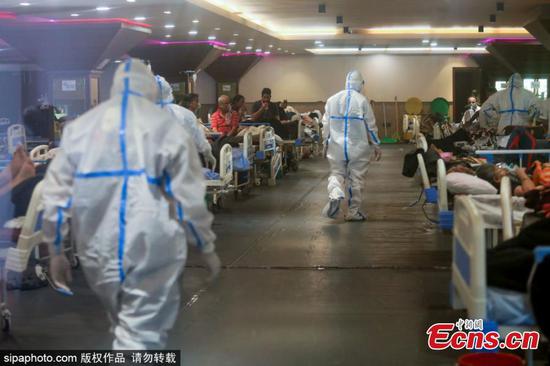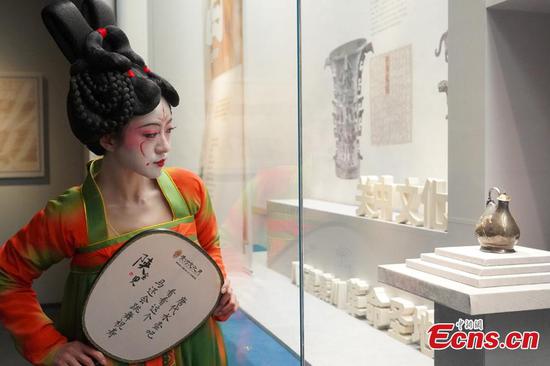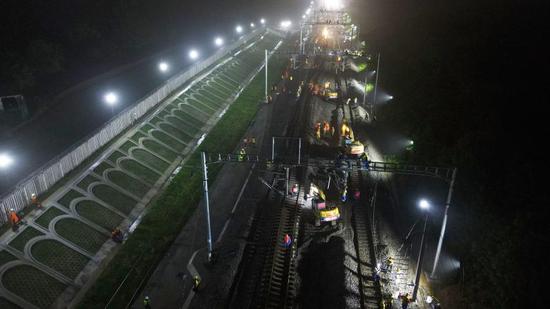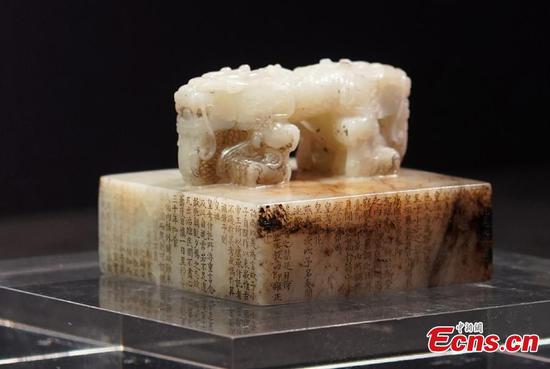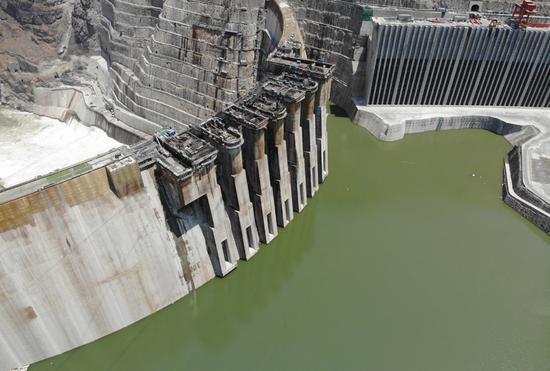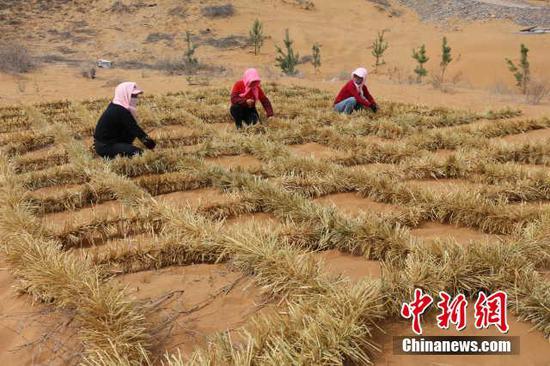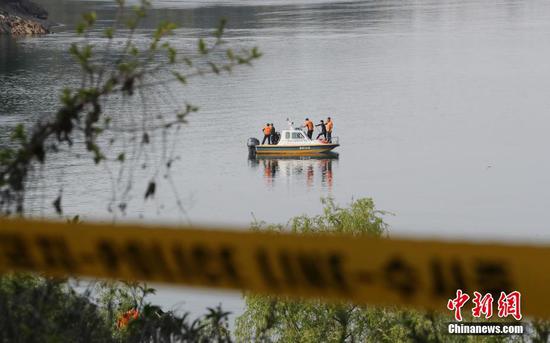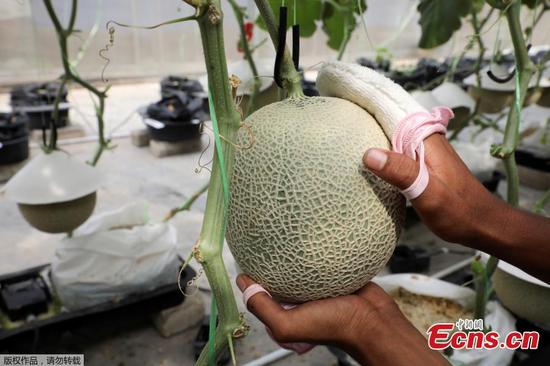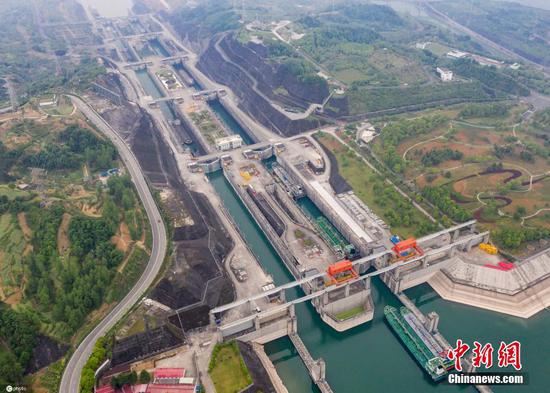
Miyun Reservoir, a crucial water source for Beijing, has seen elevated water levels in the past few years thanks to the South-to-North Water Diversion Project. (CHEN ZHENHAI/FOR CHINA DAILY)
The central government plans to carry out risk assessment and reinforcement projects on its reservoirs to increase flood protection.
According to the Ministry of Water Resources, by the end of 2022, safety appraisals will have been completed on about 31,000 reservoirs.
As parts of South China entered flood season in April, reservoirs that can stop floods need to be reinforced, especially damaged ones, the ministry said.
China has about 98,700 reservoirs, and more than 80 percent of them were built between the 1950s and 1970s, it added.
Of the reservoirs, 4,700 are large and medium-sized and 94,000 are small, the ministry said.
To eliminate risks and strengthen small reservoirs, the central government plans to allocate 12.5 billion yuan ($1.9 billion) and arrange for an additional 12 billion yuan for maintenance subsidies throughout the 14th Five-Year Plan (2021-25).
In recent years, the National Development and Reform Commission and the Ministry of Finance have jointly spent 155 billion yuan from the central government fund on reservoir projects, the Ministry of Water Resources said.
Wei Shanzhong, the vice-minister, told a recent news conference that the protection of some reservoirs is weak, and routine maintenance is not in place.
"Some reservoir projects have been damaged at different levels by natural disasters including excessive floods and strong earthquakes. This accumulated damage will pose dangers," he said.
"Hidden dangers of projects involve faults in aging engineering facilities such as water releases and water delivery structures. Eliminating these dangers will help projects meet flood control standards and guarantee safety," he said.
Other benefits include improving their storage capacity, water supply capability, irrigation function and aquatic ecosystem, he added.
The ministry has devised three measures to maintain scattered small reservoirs: let local institutions and State-owned enterprises form an agency specifically for reservoir protection, have the local government purchase flood protection services from organizations or entrust the protection of small reservoirs to large and medium-sized water conservancy agencies nearby.
It piloted the measures in model county or township-level areas that could choose one of the three options.
From 2016 to 2020, China's annual reservoir dam failure rate was 3 per 100,000 on average, the country's lowest in history and far below the world-recognized standard of 10 per 100,000.
"That was due to good reservoir reinforcement work over the years, and the safety of reservoir dams is generally controllable now," Wei said.













